Beginning Running:
Your ultimate Guide on How to Start Running for Beginners!
Beginning running is going to bring so much joy and fulfillment to your life!
Our bodies were made to run.
No matter how uncomfortable you might feel when running, it's only because you need to adapt to the movement.
And once you do...nothing will be able to replace that running feeling. It's the best.
But how to go about easing into a running routine?
How should we go about our new found love to make sure we can ease and adapt into is as comfortably as possible?
Let's deep dive into what you need to know as you start your beginning running journey!
On this page I will share:
- Beginner Running Plans you can follow
- How to set running goals
- What you should know about running - warming up, cooling down, stretching
- Breathing tips
- How to train via your heart rate
- Ways to keep yourself motivated
- + more!
Let's get started!
Your ultimate guide to Beginning Running:
Why do you want to start running?
Having a clear goal as to WHY you want to begin running will make it much more likely that you will stick to your plan.
Maybe you want to begin running in order to:
- lose weight through running
- become more fit / get in shape
- focus on your cardiovascular health
- run a 5k or run a 10k race
- train and run a half marathon
- eventually complete your first marathon
Having a goal that you work towards will keep you going when the going gets tough.
Running can make you invincible! Just get that goal to spur you on.
Be specific, WRITE it down, tape it to your mirror or fridge and when you aren't feeling like going out there and running come back to it and ask yourself WHY you want to run?
If your goal is right for you you should have already answered it when you wrote it down!
Here is a step by step goal setting as a runner + a worksheet.
Make sure you are able to begin a running program
Assess your risk level before beginning running.
Running is considered a vigorous intensity exercise and it may be too much activity for some people. It's always best to be preventive versus reactive.
Let's get a bill of clean health before beginning!
If you are a female under the age of 40 or a male under the age of 50, a great way to assess the risk you take before you begin a regular running routine is to take the PAR-Q+, which is a standard risk assessment developed by registered exercise physiologists and approved by the American College of Sports Medicine.
Take the 2 minute PAR-Q+ assessment and that will help you determine whether or not you need to check with your doctor before beginning running.
As with any new journey you begin, consider taking a "before" picture
This is a journey that you are beginning. You will change and grow in so many ways.
Take a picture of yourself, document that first run or first couple of runs.
It will be something you cherish later on.
Your body will change and it can be extremely motivating and encouraging if you have physical proof to look back and see just how far you have come!
Perform a body assessment
If you are interested in tracking your results that you will get from running, consider completing a body assessment before beginning running.
Some specifics you might want to jot down and track throughout the upcoming weeks are:
- Your weight
- hip to waist ratio
- BMI
- percent body fat
I have a health assessment for runners that you can complete on this page.
Set expectations for yourself when beginning running
I will tell you upfront that yes, there will be pain.
But that is what makes running so glorious. So worth it!
The hard part when beginning running is getting past the uncomfortable stage during the first 2 or 3 weeks of running.
Your body doesn't know what your making it do.
It might feel awkward.
You might feel self-conscious.
Push through! Give yourself the chance.
If you are beginning running, commit to regularly running for at least a month. That will give you the much needed time for your body to change and grow into a running machine.
Also, keep in mind that the first mile of your run is usually the hardest. Get past that and you will feel better!
For more tips on motivating yourself to keep running, see this section full of motivational tips for runners!
Never run in pain or push through when feeling injured
This is one of the golden rules of running.
You can put yourself at so much risk by running when you are feeling pain.
Sometimes it's slight, almost nagging. Monitor it and make sure it's not getting worse.
Educate yourself on the most common types of injuries that runners suffer.
Shin splints are extremely common in beginner runners as their muscles and bones of the leg are adapting to the extra stress.
If you are worried about an injury:
- Stop, rest, take a break from running for a couple of days
- Reduce the time that you are spending running or reduce your weekly mileage
- Employ active recovery techniques - ice, heat, elevation, compression
Here is my guide to navigating running injuries + the most common ones runners suffer from.
Invest in the running gear that you need
One of the best things about running is you don't need much to participate in it!
A pair of running shoes that fits you will is really all you do need.
Of course though, there are items that will make your running much more comfortable, convenient and give you added motivation!
Here are some things you should consider investing in as you begin running:
- A great pair of running shoes that fit you well and will hold up to your style of running (road running, trail running, etc.)
- Comfortable running clothes. Saving your old, worn out clothes for exercising isn't going to give you much of a motivational booster shot. Polyester is a great material for breathable running tops.
- A running hat
- running watch
- band-aids, moleskin (for blisters), Body Glide for chafing, sunscreen
- Gear: headphones, a FlipBelt (for carrying small items)
- compression socks
Write out a list for yourself of everything you can think of that you might need and create a stockpile of items that you use regularly.
Check out my list of running gear for beginners here.
Here are my essential pieces for running when it's dark.
If you live in a rainy climate or you are prepping for spring showers, here are some tips and gear for running the rain.
Keep a running log
As you are beginning running, get into the habit of writing in a log or journal.
It will become a valuable tool for reflection and will hold a lot of memories with each and every entry.
Running logs have the power to make you a better runner if you use them, reflect on them and learn from them.
They will help you pin point what serves you in your running and what doesn't.
Give yourself a space to document your runs and progress.
You can use an online log, the Notes app on your phone, make a photo journal, use any notebook, or get an official running log.
Here's what you might want to record in your running log + some great running log recommendations.
Take the time to warm up & cool down properly
Warming up:
The easiest way for a runner to warm up before every run is to just start walking or moving at a very slow jog.
It does not have to be fancy.
Learn how and why you should be warming up before every run.
Do you know that you should only do dynamic stretches before running if you want to increase your performance?
Read up on all the safe ways to stretch before running right here!
Read all about why warming up is beneficial to you and how to do so effectively here.
Cooling Down:
I know the strong temptation that every runner has about not wanting to take the time to cool down after a run but don't succumb to it!
Your body will love you right now for bringing your heart rate and blood pressure back down to a normal and safe level immediately but also it will love you years down the road for taking the time to stretch and lengthen your muscles.
You will also reduce the chances of injury, muscle soreness and exercise induced blood pressure problems!
Read how to effectively cool down as a runner here.
Take it slow and consider power walking before beginning running
Spread out that first fervor of beginning running.
The majority of running injuries occur because people run too much, or too hard, or too fast all too soon.
Relax, have fun with it, revel in the beginning of a (hopefully) long running career.
A great idea might be to ease into running by power walking. Power walking is great for everyone and has so many health benefits!
You could also begin by implementing a Run/Walk style of running.
I wrote a post on the Ultimate Guide to Run-Walking right here!
When doing this you simply run for a set period of time and then walk for a set period of time.
Play around with what works best for you. Maybe you need to run for 3 minutes and then walk for a minute or perhaps you need to reverse that and walk for 3 minutes and run for 1 minute.
Eventually you can increase the total amount of time that you spend running and decrease the amount of time you spend walking.
You don't have to though as the run-walk method is a popular training method even for advanced half marathoners and even marathoners!
Also, Lauren over at Running for Wellness has a motivational post to help you alternate between running and walking to get you out on the road! Check it out!
learn how to breathe easily and COMFORTABLY
One of the biggest breathing issues runners have is breathing too fast.
If you can say the words to your favorite song out loud without becoming winded you are doing good.
If not, slow it down.
Think about being calm and relaxed.
A good way to not have to think about your breathing but to make sure you are not breathing and going to hard is to bring a running buddy with you and keep the conversation flowing.
Save the heavy, hard breathing for speed training which can always come later after you have passed the beginning running phase.
Another common breathing issue happens when running in the cold.
Your throat can begin to feel painful after breathing in cold air after only a few minutes.
Combat this by breathing in through your nose and out through your mouth. Your nose will warm the air up before it hits your throat and save it from feeling awful!
See some more breathing tips and techniques on this page!
Make your run for the day a non-negotiable appointment
One of the main reasons why most people don’t go out and do their scheduled run or give up running altogether is because they think they don’t have the time to run.
We manage to make time for work, children, family, doctor's appointments and even the dentist!
Treat your running as you would any other appointment.
If you knew you had a serious disease you wouldn’t put off seeing your doctor. So look at it as your doctor’s appointment. You are treating your health. You wouldn’t be late to see the doctor and you wouldn’t put it off either.
Take that time for yourself.
I can guarantee you that (yes this sounds cliché but only because its true!) every area of your life will benefit.
Get up and RUN!
Here's a quick motivational list of reasons as to why you should run!
Become familiar with what your target heart rate should be when running
As a runner, you should be aware of what a good target heart rate is for you.
Your heart rate will change based off of your age and fitness level but it can tell you if you are working hard enough or too hard.
A lot of runners even like to pace themself according to their heart rate as they are directly related to each other.
You can find out here what your Target Heart Rate should be when you are running.
This will help you determine if you are setting a good pace for yourself.
Focus on using correct running form right from the beginning
As you are beginning running, now is the time to train yourself to use correct running form.
A great way to analyze your own running form is to have a someone take a video of you running and then slow it down and anaylze what you are doing.
Another great habit to get into is doing "form checks" in your head during your runs.
This is when you go through the different areas of your body to make sure that you are using proper form.
You should ask yourself questions such as:
- Am I landing softly on my feet?
- Am I leaning too far forward?
- Am I striking my foot too far out in front of me?
- Am I staying relaxed throughout my body but especially in my shoulders and neck?
- Are my abs pulled in towards my spine
- Am I using my glute (bum) muscles effectively?
As you run more and more you will know which areas trouble you the most and can then focus on those areas more.
It will take trial and error and even seasoned runners have to deal with constantly tweaking and analyzing their form.
The bottom line on form when beginning running is:
Learn how to run correctly now and save yourself from having to fix problems down the road.
You will also reduce your risk of injury and run more efficiently and economically.
Therefore, save yourself a lot of time and energy by training yourself how to run properly from the get-go.
These tips are easy yet highly effective for learning and using proper running form!
Here is more information on how to run more efficiently and economically.
Learn about how to run safely
As with any new area in your life, you want to make yourself aware of certain risks you might encounter when beginning running.
It's not something we love thinking about but it is something that should be thought about.
Learn how to run and not look like an easy target and also how to run so as to never put your health and life at risk.
Here's 19 of the best safety tips for runners.
If you run when it's dark outside, you might enjoy this post on my essential pieces for running in the dark.
Make monthly running goals
Setting monthly goals will help to give you structure as a runner! Don't try and do it all at once. Simply focus on one thing at a time to push that needle just a little bit more month by month!
Maybe during one month you focus simply on running for just 10 minutes, 3 times per week.
Maybe the next month you try to reach a certain mileage distance in your running, for example: run 3 miles before the end of the month.
Maybe the following month you are able to set a certain mileage goal for the entire month (you could use something like this 100 Miles in a Month Challenge!).
Perhaps, you are then able to begin training for a 5K, 10k race, or even a half marathon.
Here's a free 5K challenge over at Runnin' for Sweets that might interest you as one of your monthly goals!
Setting those monthly goals will help you to make your big goal of becoming a long distance runner so much more manageable!
You will amaze yourself with how much progress you are able to make in just a month's time!
Choose a Beginning Running Plan!
We have several beginning running plans on the site that you could start with!
Which one that you choose should depend on your current activity level and your cardiovascular health.
Here's a full list of my running plans for beginning running:
Beginning Running Books to Get You Started and help motivate you!
Just like running, books are one of those simple joys in life.
Reading or listening to books can add so much value to your running especially with today's technology!
Here are my favorite running book recommendations + how to listen to audiobooks during your runs for free and a list of my favorite non-running related books that you can also find in audiobook format.
Some are instructional and some are personal experiences but all have lessons to be learned and outlooks to see through!
If you want some upfront recommendations particularly for runners then here are two suggestions.
1. Runner's World Complete Book of Beginning Running
This first suggestion is authored by renowned runner Amby Burfoot in the name of Runner's World.
It is compiled with tips on how to start a running program, picking out running shoes, how to adjust your diet in order to get the proper nutrients, avoiding injuries, and getting race ready!
Mr. Burfoot knows what he is talking about and so do the thousands of runners every year who start running, in whom he compiles his information.
2. The Beginning Runner's Handbook: The Proven 13-Week Run/Walk Program
This second recommendation is a handbook for walkers who want to up the intensity and start running.
It takes a walk-run approach to advance and increase the endurance of your body.
It also features a section on running for charity, how to get involved and give back to a community while becoming fit.
A win-win situation if there ever was one!
It covers many more special topics such as running through pregnancy, running barefoot, etc.
Other Resources for Beginning Running:
- Training Resources for Women Runners
- 9 Easy Ways to Give Back as a Runner
- How to find more energy to run
- 10 Step Plan for Running for Weight Loss
Beginning Running Tips & Tricks
Running Workouts for Beginners
- Simple running drills to improve your running
- 5 Running workouts to help you gain speed!
- A simple running workout to build speed endurance
- 7 Treadmill workouts to help you keep your routine fresh!
- Cross training for Runners: YouTube Workouts
- 3 Running Workouts for Weight Loss
- The 1.5 Mile Cooper Running Fitness Test to track your progress
Running to lose weight:
Nutrition for runners
- Nutrition for Runners 101
- Tips on reducing your sugar intake
- Energy drinks for runners: when do you need to use them?
- The best supplements for runners
Strength Training for runners
- Running Workout: 5 Minute Arms Add-On
- Why strength training is important for runners
- Strength training for runners: Beginners Plan
- Another simple strength training routine for runners
👋Sign up to receive the free printable strength exercises for runners: 👇
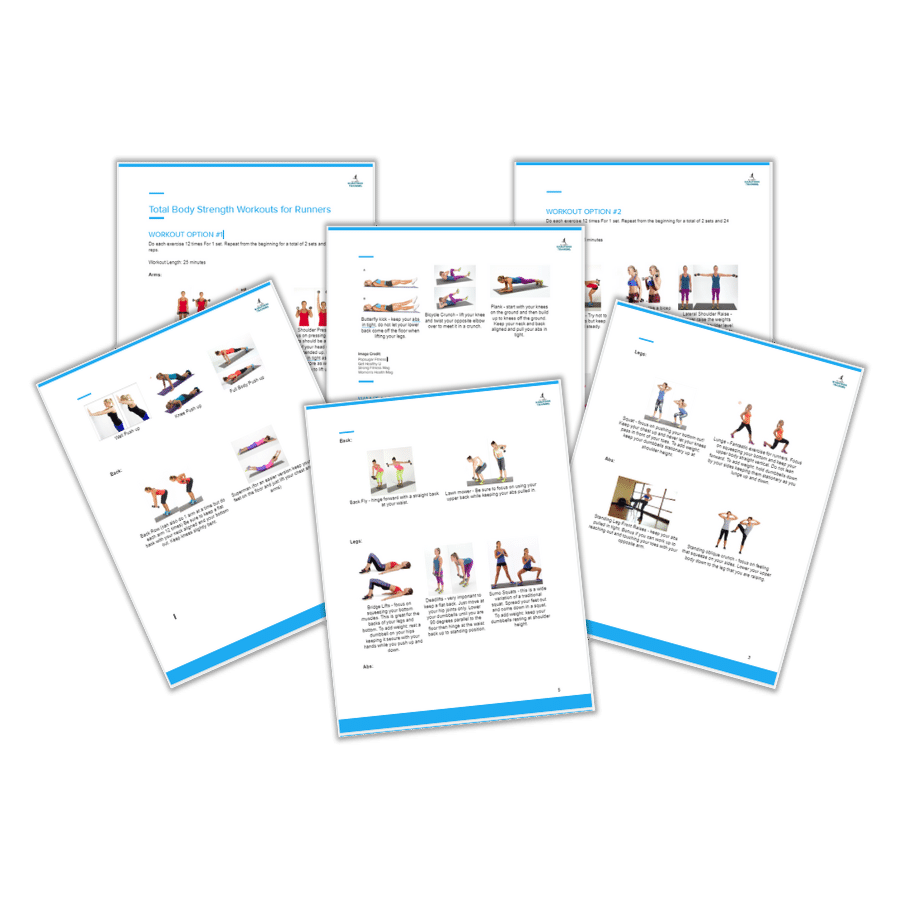 |
As featured on:

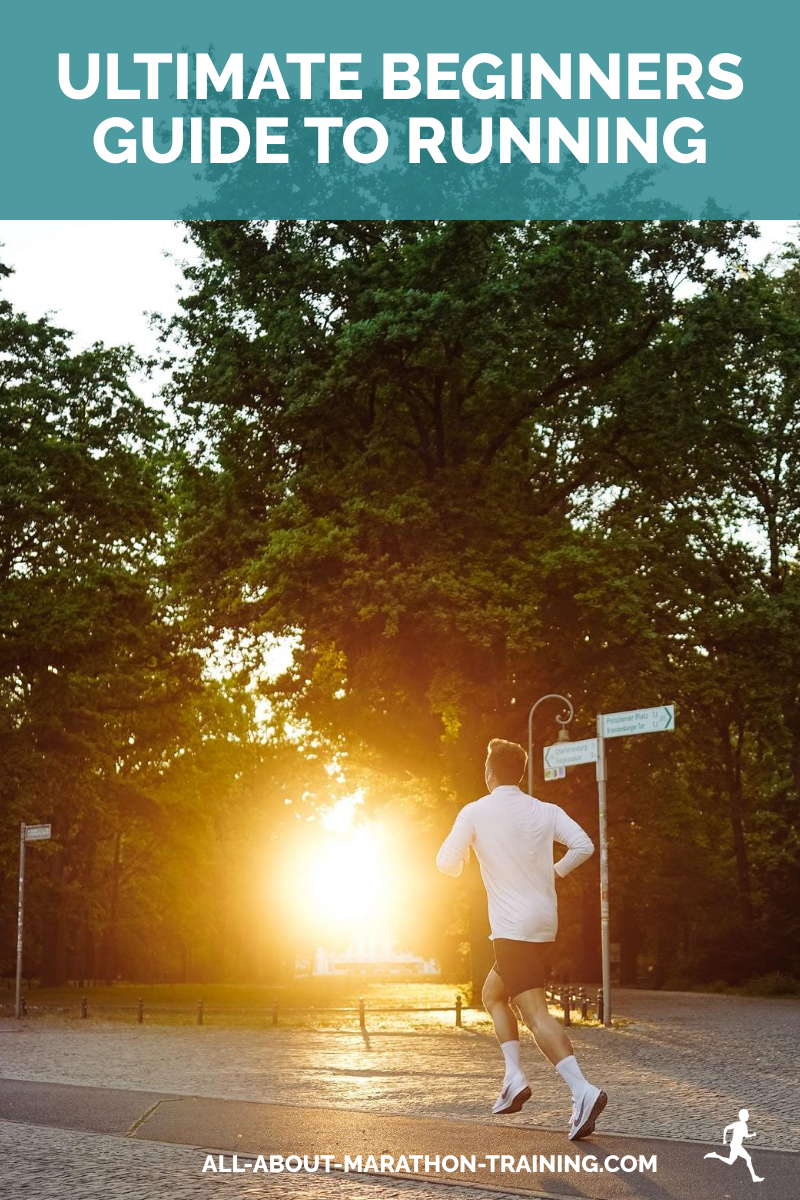
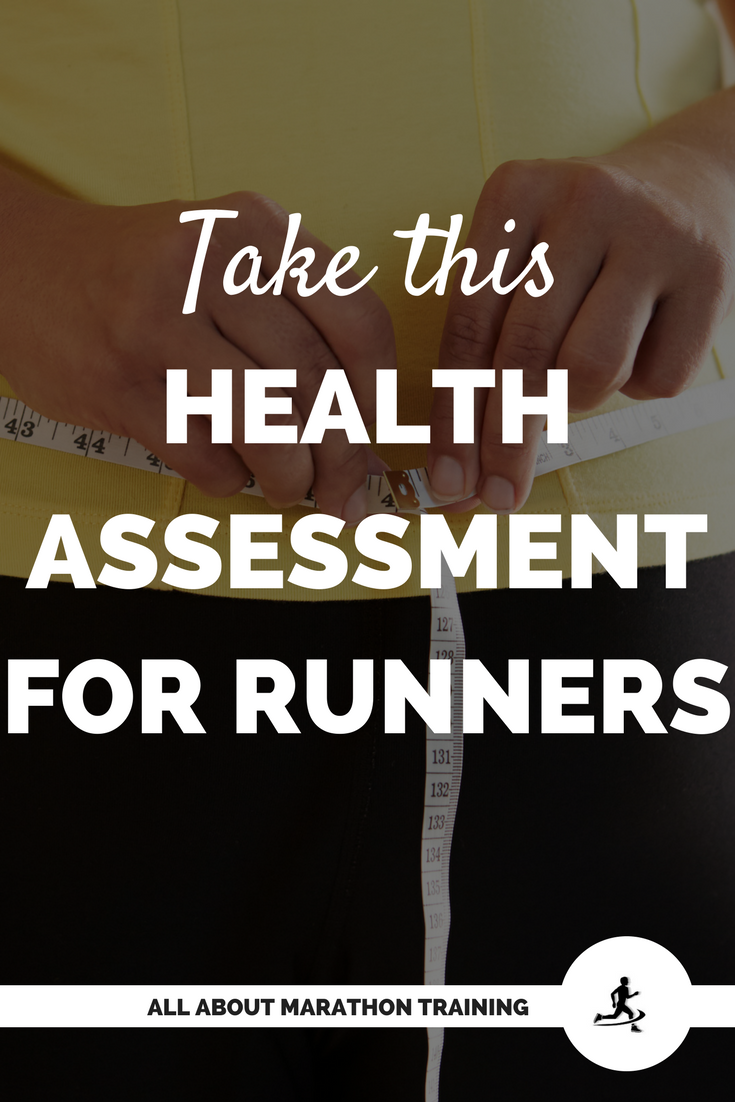

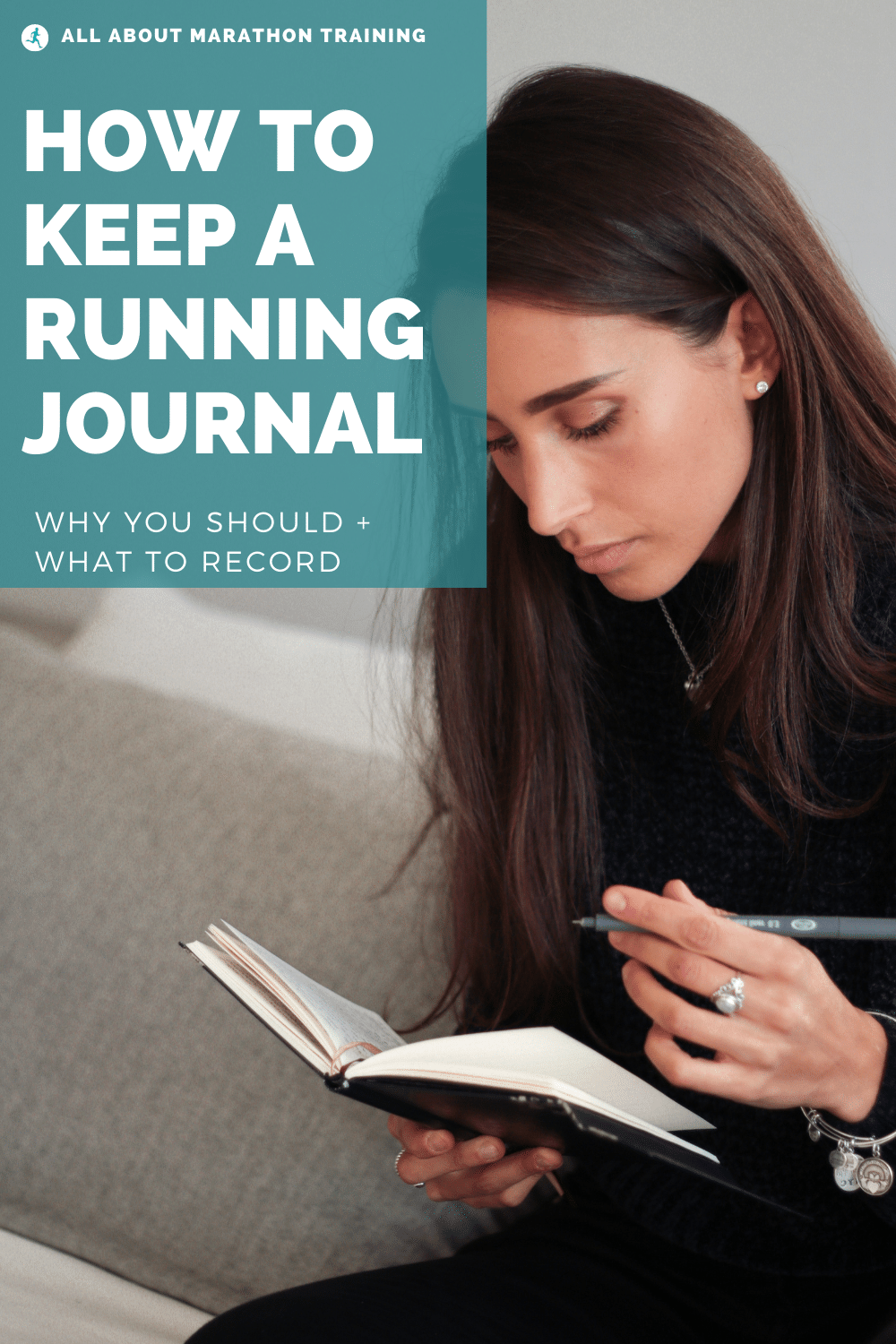


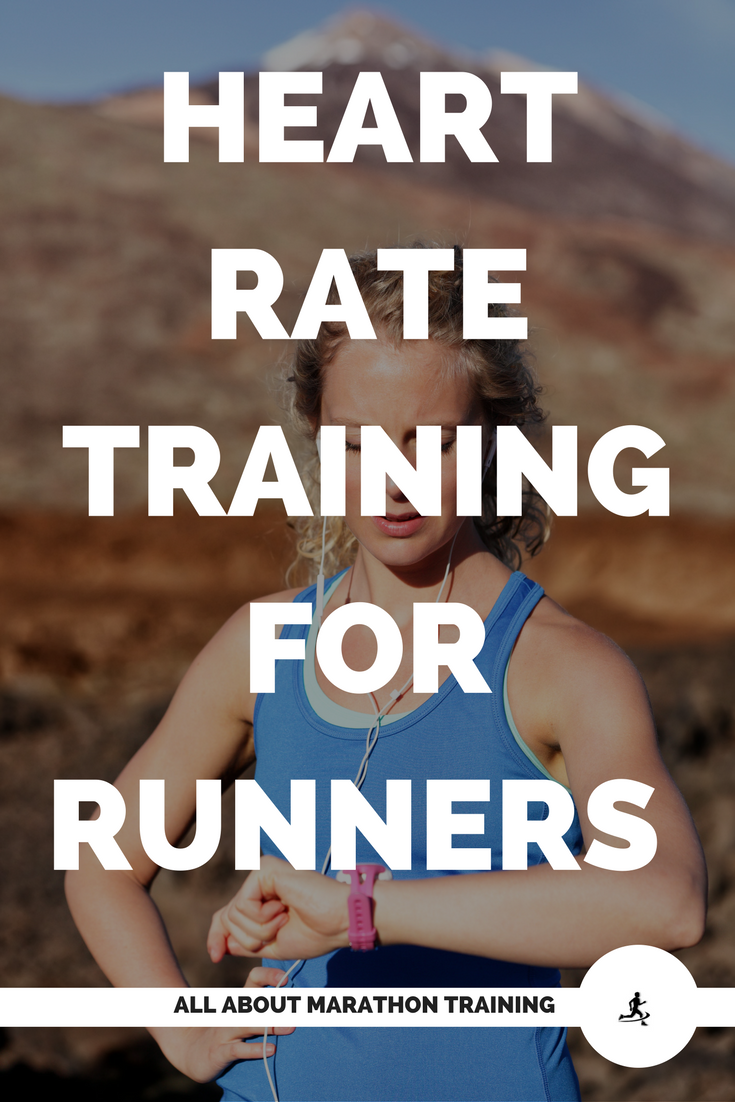

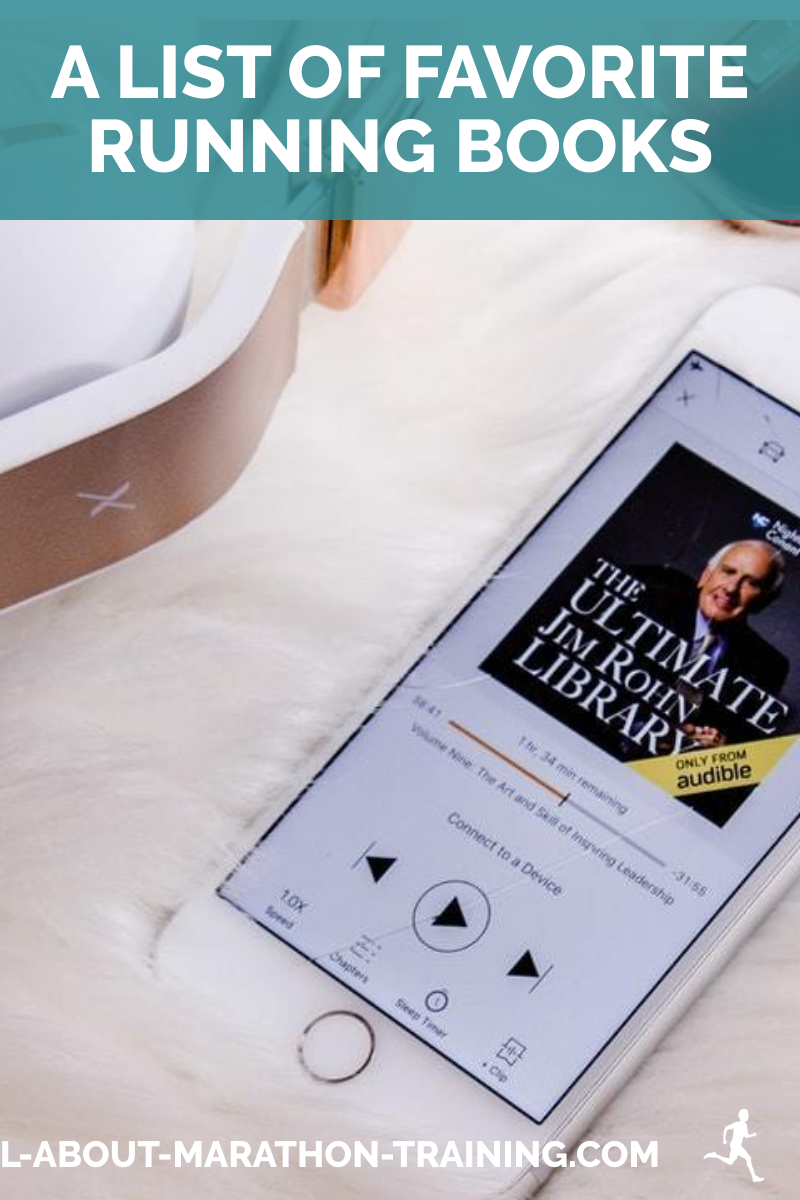
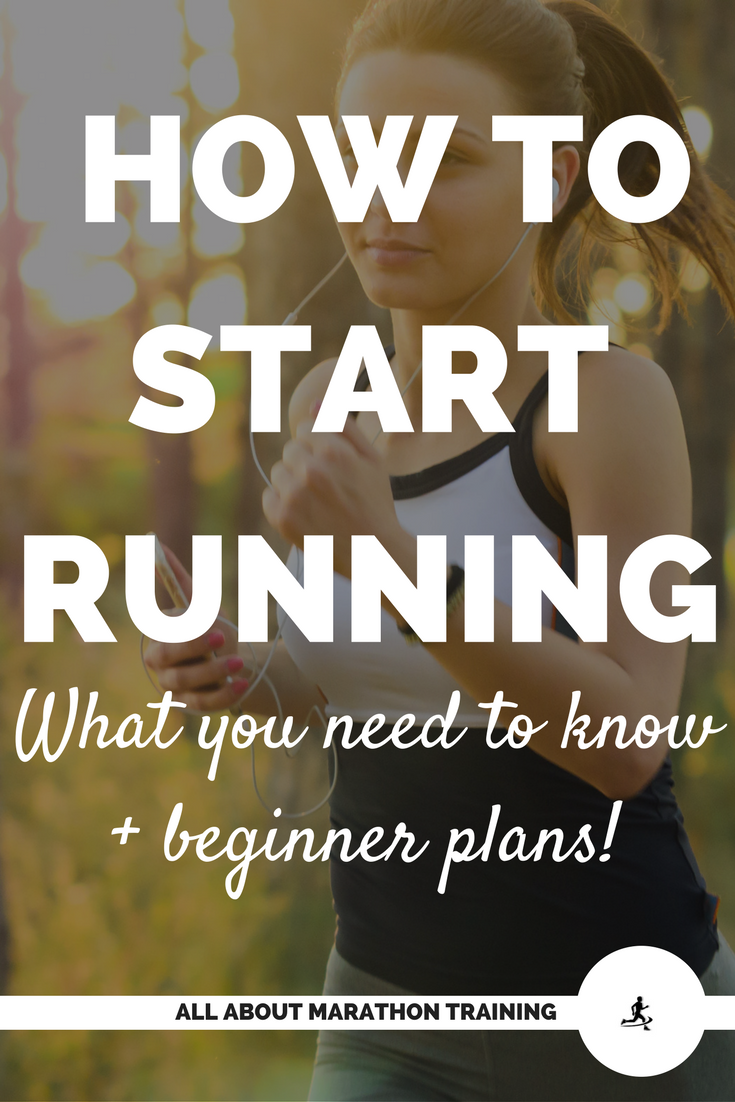

New! Comments
Have your say about what you just read! Leave me a comment in the box below.